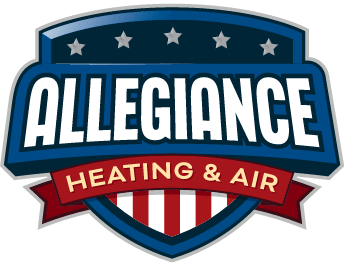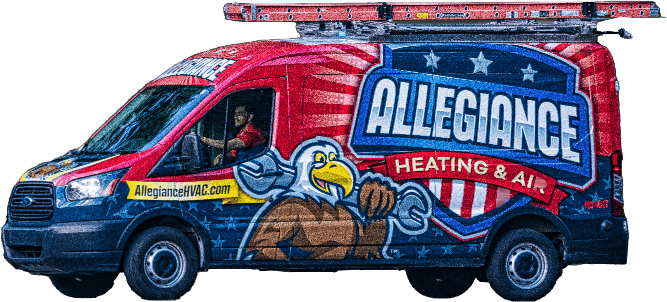If you’re ready for AC replacement in Louisville, KY and surrounding areas, you’ll want it handled fast! When the summer rolls in, it’s important to have a relaxing shelter away from the heat. Recovering after hours spent gardening or enjoying the outdoors is faster and more comfortable when your home is kept at your preferred temperature, year-round. AC installation can be a simple, straightforward process. With a simple air conditioner replacement, you can often start enjoying cool air in just a few hours.
FAQs
Generally, it’s time to consider replacement if your system is nearing the end of its typical lifespan—15 to 20 years for central air conditioners, 15 to 30 years for furnaces, or 10 to 15 years for heat pumps. Frequent breakdowns or costly repairs are also signs that replacement may be more cost-effective than continuing to fix an aging system. A noticeable decline in energy efficiency, such as higher energy bills or difficulty maintaining a consistent temperature, is another indicator. If your system uses outdated refrigerants like R-22, which is no longer produced, upgrading to a modern, environmentally friendly system can be a smart choice. Additionally, newer systems with higher SEER ratings often offer better efficiency, improved indoor air quality, and advanced features, making them a worthwhile investment for long-term savings and comfort. Regular maintenance can delay replacement, but when repairs become frequent or expensive, replacement is likely the better option.
The average lifespan of an HVAC system depends on the type of system and how well it’s maintained. But, typically we see most HVAC systems last around 10-15 years. Several factors impact the lifespan of an HVAC system, including maintenance, installation quality, usage, brand and build quality, and proper sizing. Regular maintenance, such as annual tune-ups, filter changes, and cleaning, can significantly extend a system's life, while poor installation or improper sizing can lead to inefficiencies and premature wear. Systems used frequently or in extreme climates may also wear out faster. If your system is approaching the end of its expected lifespan or showing signs like frequent breakdowns, higher energy bills, or uneven heating and cooling, it may be time to consider a replacement. Proper care and maintenance can help maximize performance and delay the need for a new system.
Generally, it’s time to consider replacement if your system is nearing the end of its typical lifespan—15 to 20 years for central air conditioners, 15 to 30 years for furnaces, or 10 to 15 years for heat pumps. Frequent breakdowns or costly repairs are also signs that replacement may be more cost-effective than continuing to fix an aging system. A noticeable decline in energy efficiency, such as higher energy bills or difficulty maintaining a consistent temperature, is another indicator. If your system uses outdated refrigerants like R-22, which is no longer produced, upgrading to a modern, environmentally friendly system can be a smart choice. Additionally, newer systems with higher SEER ratings often offer better efficiency, improved indoor air quality, and advanced features, making them a worthwhile investment for long-term savings and comfort. Regular maintenance can delay replacement, but when repairs become frequent or expensive, replacement is likely the better option.




